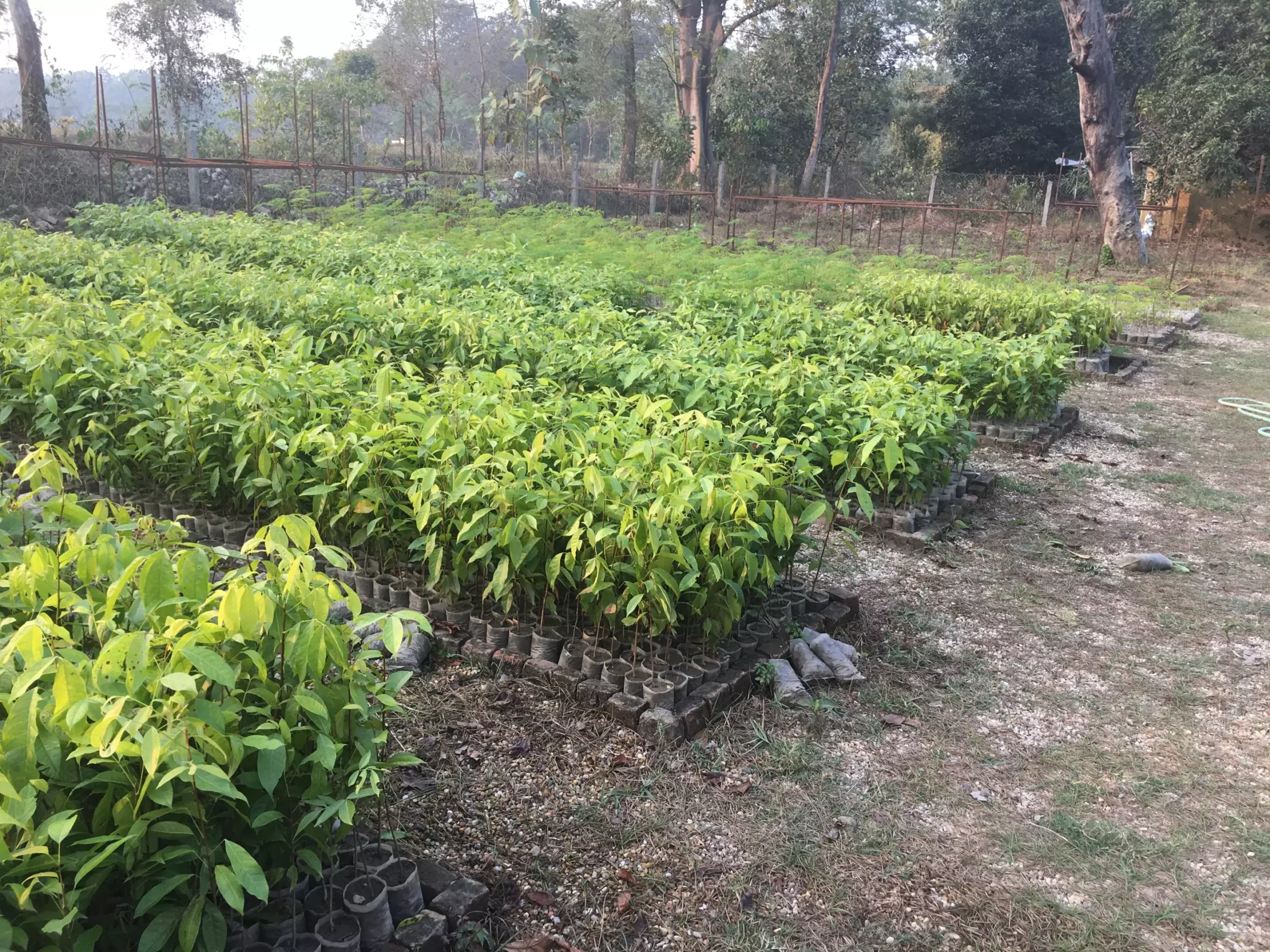Climate change is one of the most pressing global issues we face, and reforestation has emerged as a beacon of hope in our battle against greenhouse gas emissions. Recent research published in *Nature Climate Change* reveals an exciting facet of reforestation in low- and middle-income countries: it has the potential to absorb up to ten times more carbon dioxide at a lower cost than previously thought. However, this study goes beyond advocating for the simple act of planting trees; it posits that allowing forests to regenerate naturally could offer more significant environmental benefits, especially in areas previously degraded by human activity.
The urgency of this situation cannot be overstated. As countries grapple with the dual challenges of climate action and economic limitation, rethinking our approach to reforestation is essential. Instead of predominantly focusing on tree planting,which can be resource-intensive and often leads to monocultures, adopting a mixed strategy may yield more significant carbon sequestration results while simultaneously promoting biodiversity.
Natural Regeneration: The Forgotten Ally
The concept of natural regeneration, or allowing indigenous forests to grow back organically, has been largely overlooked in current reforestation strategies. The research from Duke University highlights that nearly half of the areas suitable for reforestation would be more effective in capturing carbon if left to regenerate naturally rather than being planted with new trees. This insight alters the fundamental approach to forest restoration, suggesting that our efforts might benefit from a paradigm shift.
Jeff Vincent, a professor of forest economics and management, opines that wood markets play a crucial role in the large-scale resourcing of reforestation. His contention that timber plantations may offer cheaper carbon sequestration options than naturally regrowing forests in many regions raises questions about how we value our forest resources. By integrating both methods—planting trees where necessary and fostering natural regrowth elsewhere—an optimal strategy emerges that not only improves carbon capture but also endorses ecological balance.
The Carbon Credit Opportunity
One of the key findings of the study is the potential economic advantage of carbon payments. As corporations and governments look for ways to offset their carbon footprints, reforestation efforts can be financially bolstered through such payments. Imagine a world where companies invest in reforestation not merely for public relations benefits, but because it allows them to meet sustainability targets effectively.
The ability to achieve financial returns through sustainable timber harvesting while also capturing carbon creates a compelling business case for innovative reforestation. In an age where businesses must prioritize Corporate Social Responsibility (CSR), the implementation of such strategies can support both corporate profitability and environmental sustainability.
Understanding Location Dynamics: The Key Variables
Not all reforestation sites are created equal; multiple variables will influence what method proves more cost-effective. Factors such as local growth rates, soil health, proximity to natural seed sources, and land-use value play critical roles in determining which strategy to deploy. Notably, the research team developed a comprehensive mapping tool that illustrates the most effective reforestation strategy based on these variables.
This comes at a crucial time when funding for reforestation is often scarce. With the help of this mapping tool, governments and organizations can better allocate their limited resources, ensuring that benefits accrue not just environmentally, but also economically. The ability to visualize the ideal reforestation strategy in specific locales can lead to more targeted and impactful initiatives, maximizing both carbon capture and ecological health.
As we confront the climate crisis head-on, clarity in strategy becomes invaluable. The findings of this recent research challenge prevailing norms around reforestation and open up new avenues for discussion and implementation. By embracing a blend of tree planting and natural regeneration, we stand a better chance of elevating our climate strategies to meet our modern needs.
For policymakers, NGOs, and private enterprises alike, the message is clear: innovative reforestation strategies that leverage both nature and technology have the potential to create a greener, more sustainable world while generating economic growth. What’s left now is our collective commitment to employing these findings strategically, making a significant impact in the restoration of our planet’s vital ecosystems.


Leave a Reply